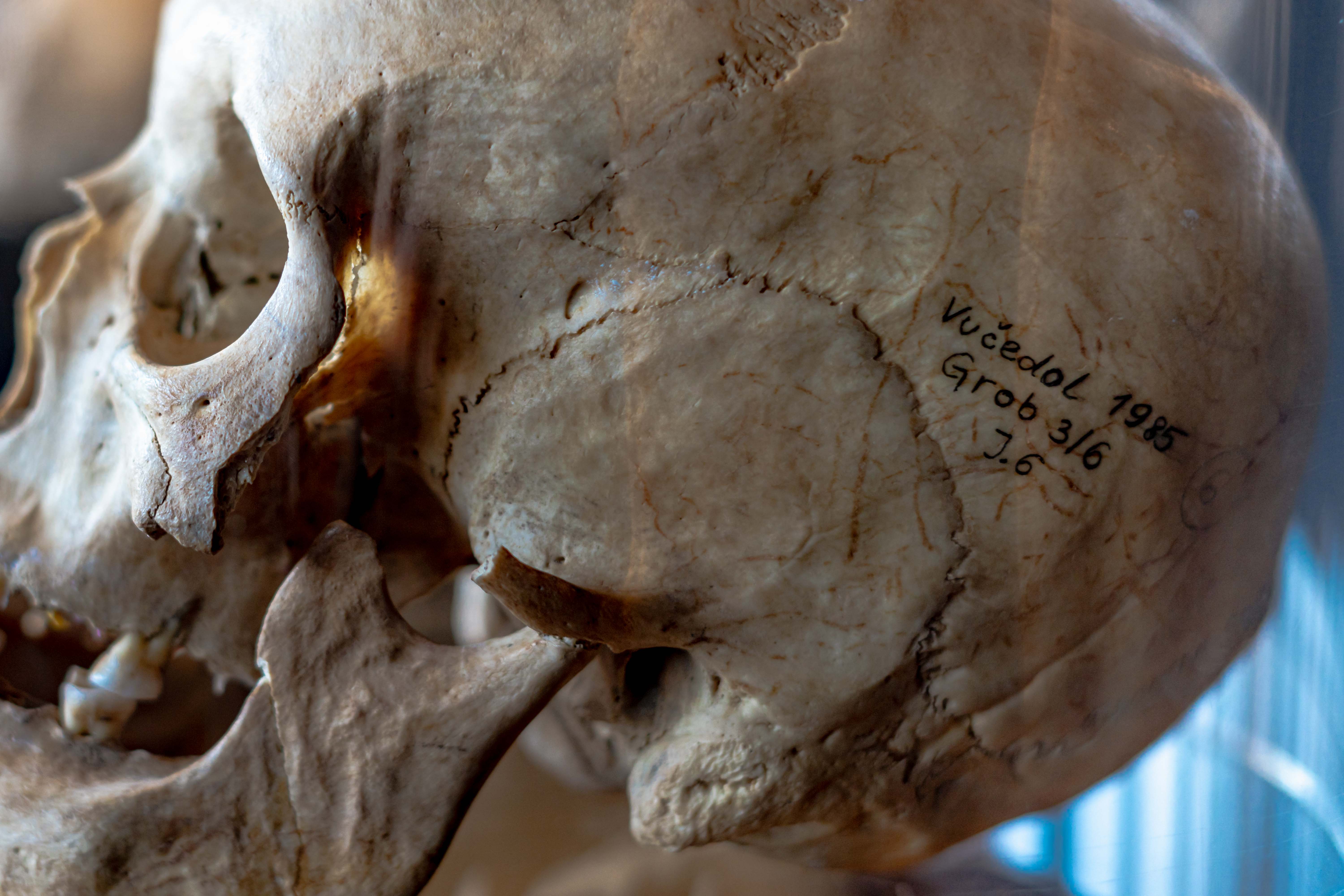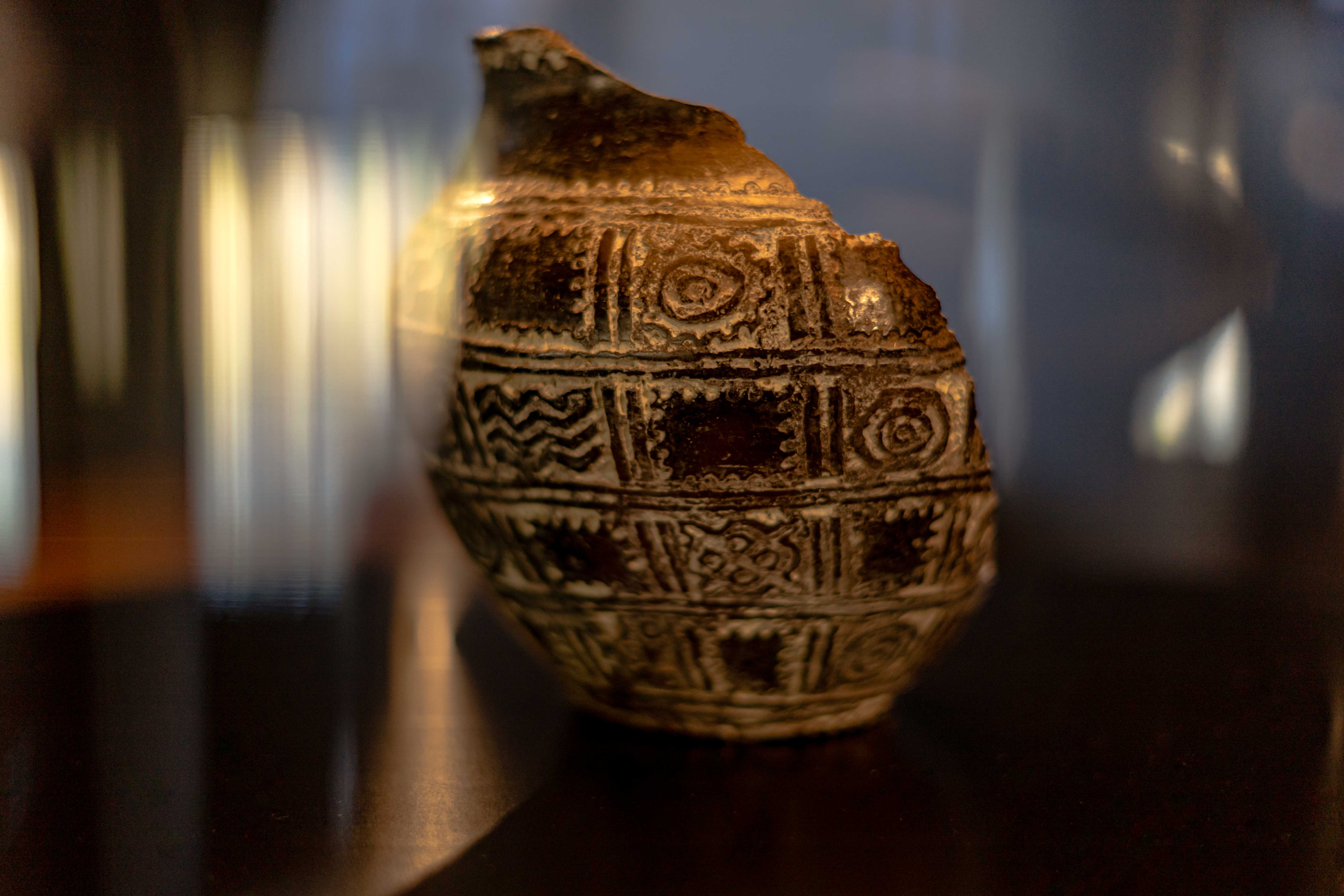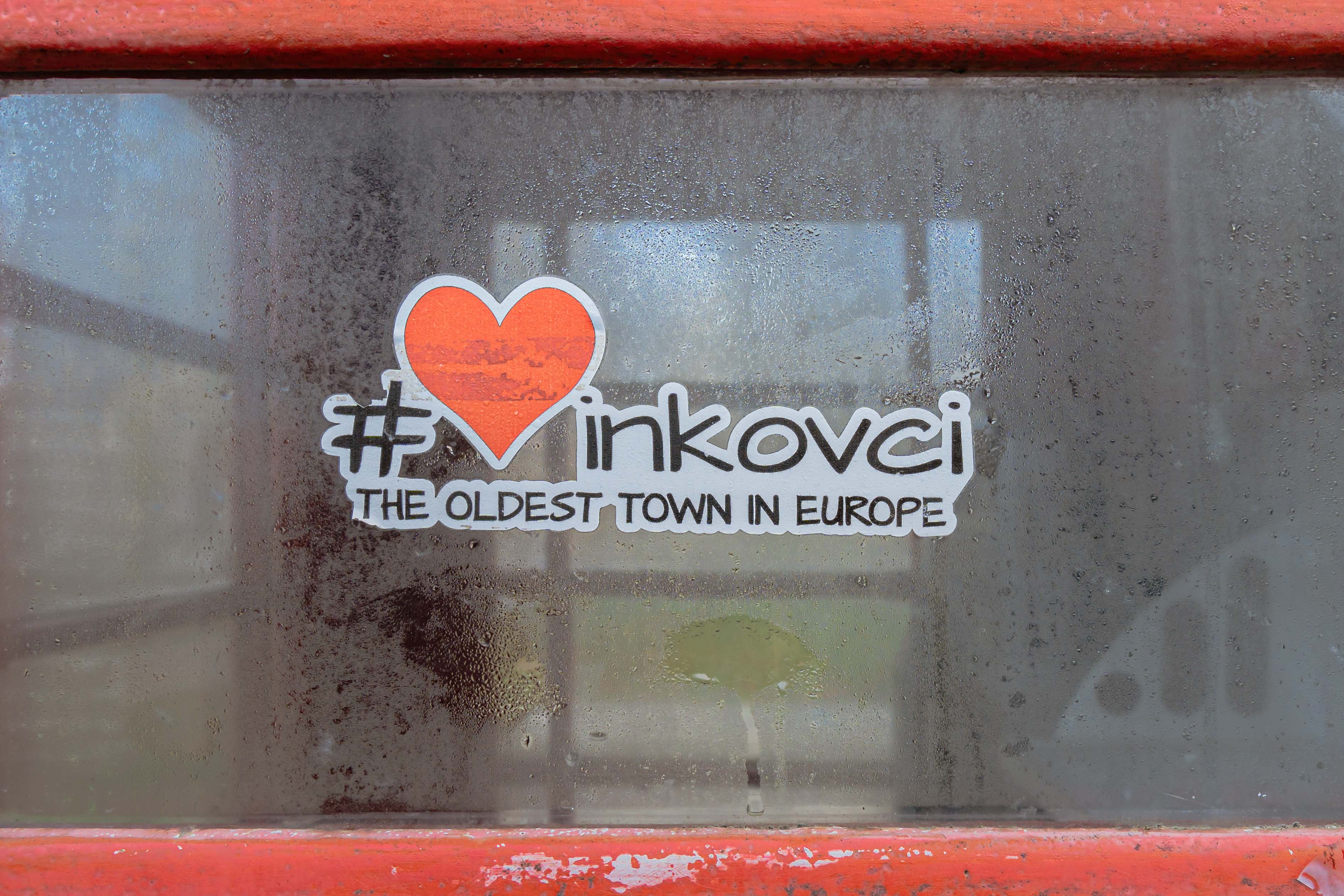October 20, 2022 – So there are places in Croatia where people have continuously lived for 8000 years. And there was a civilisation on the bank of the Danube 5000 years ago that knew the stars, seasons, and how much a standard door frame would measure today. Oh, and they drank beer. The fact that we know that and so much more we owe Professor Aleksandar Durman, the living legend of Croatian archaeology. We had the honour to meet the man himself and sit down with him for an hour of conversation, which included practical demonstrations of why the moon wasn’t a practical tool for the Vučedol people, a few trips down memory lane, and a discussion on the future of tourism in the Croatian east.
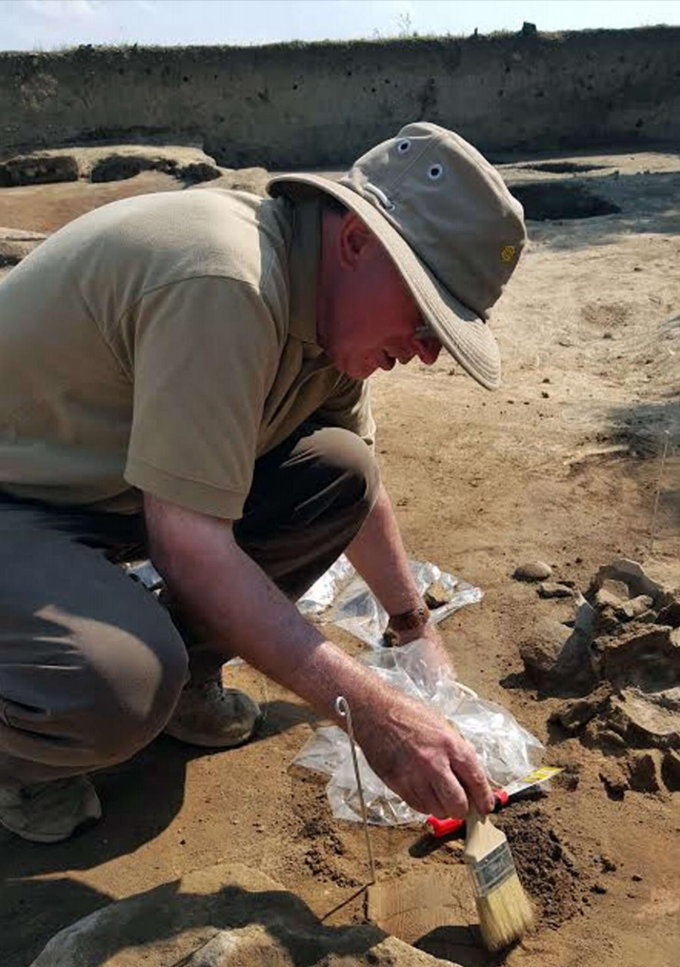
The man in action, Vučedol Culture Museum
Let us properly introduce the lively professor. He was born in 1949 in Zagreb, where he lived a happy childhood and studied archaeology and history. Asked about his interest in these areas, professor Durman says that archaeology came as a sort of plan B after he realised that he wasn’t that interested in physics which he initially planned to study. Archaeology seemed exciting and interesting, he adds, but since job prospects were scarce in the field, he decided to study history along with it. During his studies, though, he ensured that he was employed in archaeology and never looked back. When he was a student in the seventies, almost all the research was concentrated on the Croatian coast and the remnants of the Roman era that kept popping up there. Fair enough, he comments, but there was and is much more to discover in other parts of Croatia, primarily the east.
Steve Tsentserensky
And he went on to do just that. In his consolidated CV, there is a page just about his research projects in Vukovar and Vinkovci, where he started working in 1977 and kept coming back until his recent retirement. He received multiple awards for his contribution, including the Vinkovci Gold Plaque (2011), the Lifetime Achievement Award of the Croatian Archaeological Society (2013), and the title of an Honorary Citizen of Vukovar (2020).
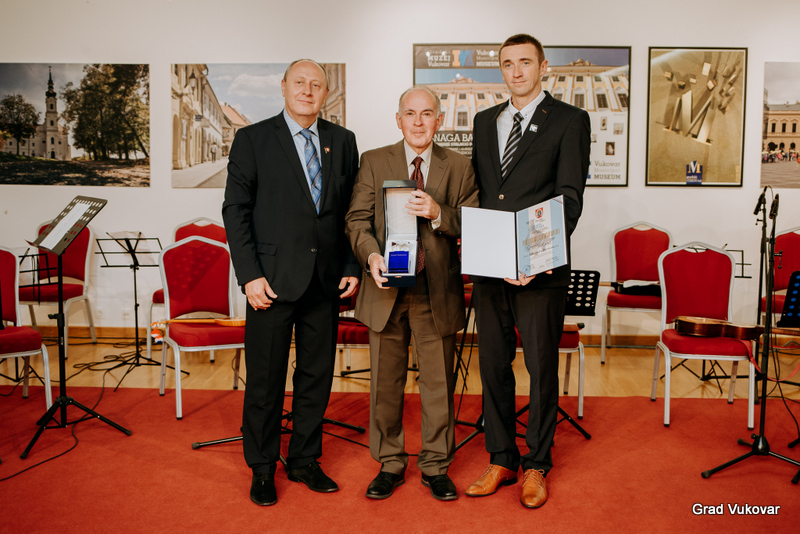
City of Vukovar
If you've heard anything about the Vučedol culture and the museum, it was probably about the famous bird. This ceramic dish was discovered there in 1938 and became a symbol of Vučedol and Vukovar. We mean, of course, the Vučedol dove that was later reclassified as the Vučedol partridge. Professor Durman changed its “name,” providing an excellent explanation. Without revealing it, we’ll say that it has to do with social hierarchy, the nature of the job, and what partridges do when they sense danger. You can see the original in The Archaeological Museum in Zagreb, but the Vučedol museum in Vukovar will provide all the context and insight to help you understand why an ancient civilisation, the contemporaries of Egypt and Mesopotamia decided to settle just there. At the risk of repeating ourselves, if you head east, make sure to visit this stunning location.
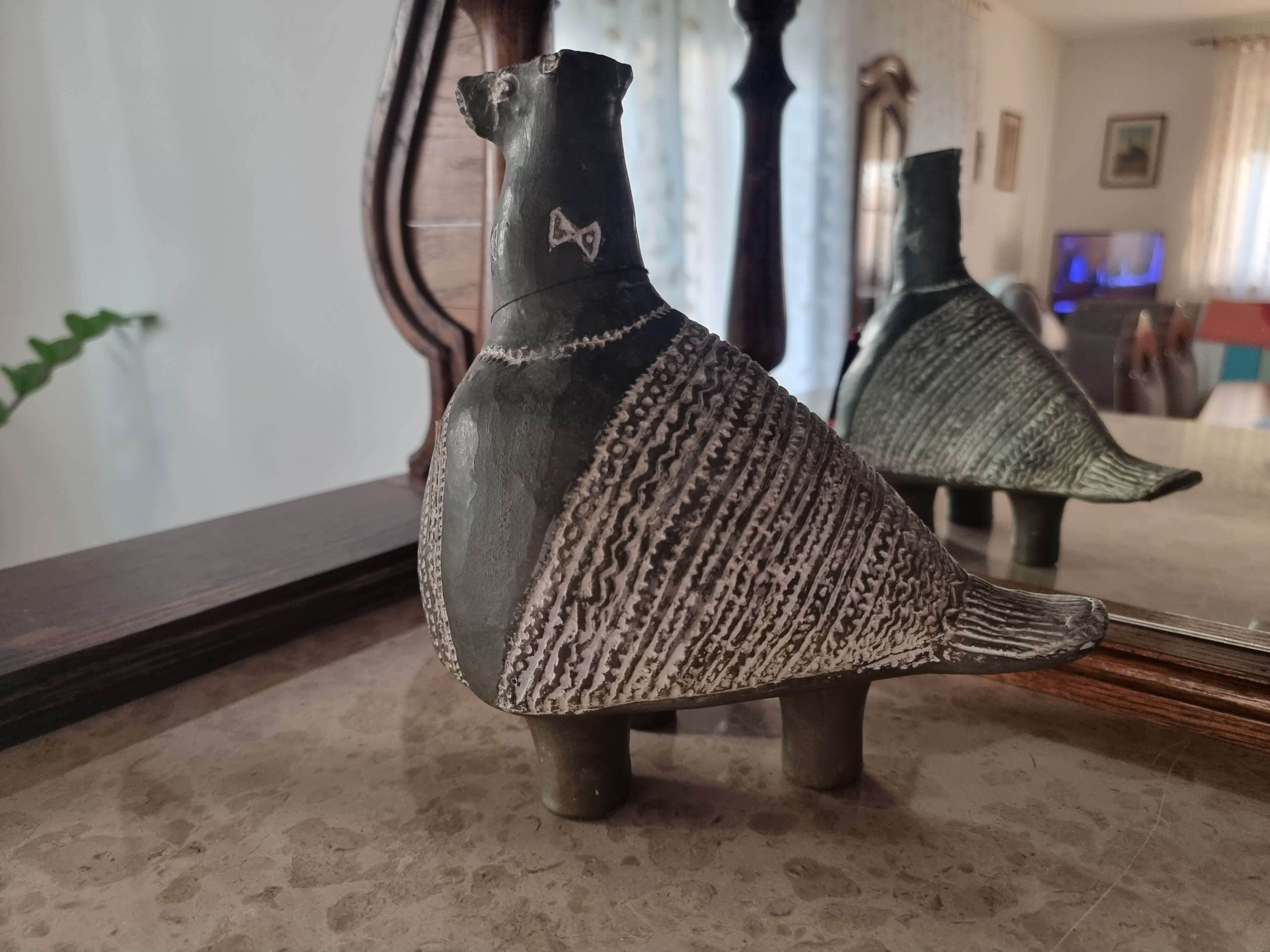
Back to our main character. An article about the professor wouldn't be complete unless we mentioned, possibly, his most significant discovery. That would be the Orion calendar which he discovered on the 21st of March in 1978. Fate, he says, having found it on the first day of spring. The little ceramic dish in question, according to professor Durman's interpretation, is one of the most significant witnesses of just how advanced the Vučedol civilisation was. The carved pattern on the dish apparently represents the night sky, with the four horizontal fields most likely dividing it into the four seasons.
The Orion calendar, Steve Tsentserensky
The incrustations inside the fields represent the constellations visible in the area in 2600 BC. The most important one, you might have guessed, was the Orion. It was the dominant winter constellation, and it was reliable – when the three stars of Orion's belt would fall below the horizon, the Vučedol people knew spring was there. And since they largely relied on their crops for sustenance, the first day of spring also signified the start of a new year and new life. The stars played a significant role in the daily lives of the Vučedolians as well as their spirituality. The Orion dish was found in a locality near Vinkovci and has become the symbol of that city.

Orion calendar mozaic in Vinkovci city centre, Steve Tsentserensky
Speaking of, it is Vinkovci that takes another special place in our article and the books of Croatian archaeological research. You might have heard something about it being the oldest city in Europe, but that, we dare say, is an understatement. Professor Durman found evidence supporting the thesis that the area of Vinkovci has continuously been inhabited for over 8000 years. Fun fact, not one but two Roman emperors were born in Vinkovci – Valentinian and Valens, whose name is now synonymous with some excellent craft beer.
Steve Tsentserensky
To put all of this in context, let us quote the professor himself when asked how we should present his findings and demonstrate the importance of these areas to both those who live here and those who visit. “The Vučedol culture was the highest level of Indo-Europeans at the very beginning. They had a calendar; they knew metallurgy, and even the measurements for door frames that we still use today came from there. They had a pictorial writing system before the hieroglyphics. Just consider that all we know about Greek mythology had its roots in the Vučedol culture”. Now tell us that is not fascinating.
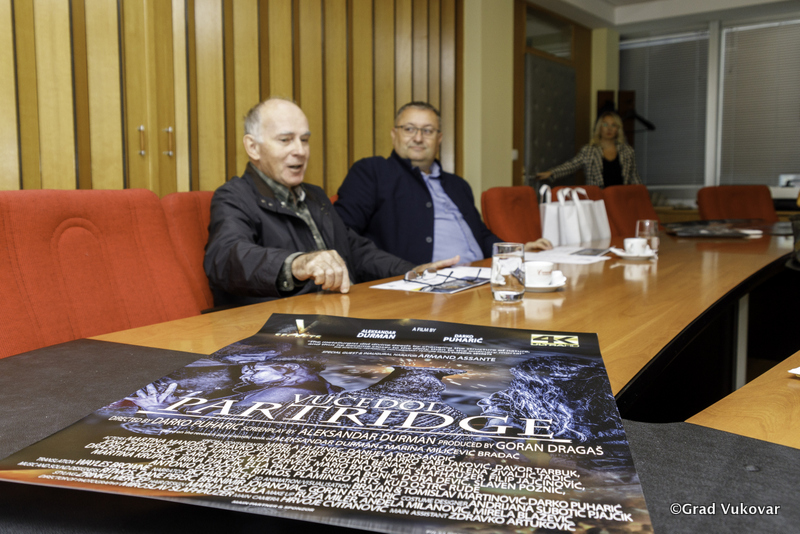
City of Vukovar
Finally, let us thank professor Durman for a unique, educational evening and his contribution to archaeology in Croatia, but especially in the east of the country. He has worked tirelessly to find, study and explain so much of what we know about the area today, and he has also travelled the world promoting it and emphasizing its importance. Among other things, he was a screenwriter for the Vučedol Secrets film, with its third part coming out soon. Naturally, we also asked him about the future of tourism in Slavonia, and we were happy to hear that he shared our view – the area is still a hidden gem, but its time will come. Archaeology and archaeological tourism will play a key role.
For more, make sure to check out our dedicated Lifestyle section.


